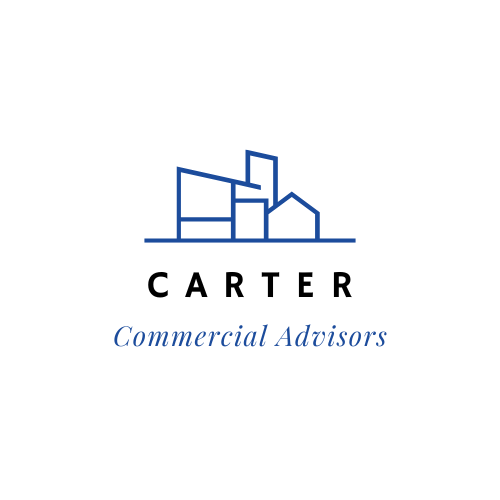Rising operating expenses pose a significant challenge to commercial property owners and managers. To maintain profitability and property value, a multifaceted approach is essential. By strategically combining operational efficiency, cost reduction, revenue enhancement, risk management, and financial discipline, property owners can effectively mitigate the impact of increasing expenses.
In a Nutshell
Operational Efficiency
- Streamline processes: Identify and eliminate redundant tasks.
- Implement technology: Utilize property management software, energy management systems, and other tools.
- Outsourcing: Consider outsourcing non-core functions like accounting or maintenance.
- Energy efficiency: Invest in energy-saving upgrades, such as LED lighting and smart thermostats.
- Preventive maintenance: Regular inspections and maintenance can prevent costly breakdowns.
Cost Reduction
- Vendor negotiations: Re-negotiate contracts with suppliers and service providers.
- Expense analysis: Conduct detailed expense analysis to identify areas for reduction.
- Supply chain management: Optimize purchasing and inventory control.
- Waste reduction: Implement recycling and waste reduction programs.
- Cost segregation: Identify and separate depreciable assets to maximize tax benefits.
Revenue Enhancement
- Rent optimization: Conduct market analysis to determine optimal rental rates.
- Additional revenue streams: Explore opportunities like parking fees, vending machines, or rooftop installations.
- Tenant retention: Implement strategies to improve tenant satisfaction and reduce turnover.
- Value-added services: Offer additional services to tenants to increase rental income.
Risk Management
- Insurance review: Regularly assess insurance coverage to ensure adequate protection.
- Property security: Implement security measures to protect the property and reduce insurance costs.
- Legal compliance: Stay up-to-date with regulations to avoid penalties.
- Disaster preparedness: Develop a comprehensive disaster recovery plan.
Financial Management
- Budgeting: Create detailed budgets and monitor expenses closely.
- Cash flow management: Maintain a strong cash flow position.
- Financial analysis: Use key performance indicators (KPIs) to track financial performance.
Cost Segregation: A Deeper Dive
Cost segregation is a tax-saving strategy that involves identifying and separating the depreciable components of a commercial building. By doing so, property owners can often accelerate depreciation deductions, resulting in significant tax savings.
How it works:
- A qualified appraiser examines the property and identifies components with shorter depreciable lives than the building itself.
- These components, such as roofs, HVAC systems, plumbing, and electrical systems, are assigned their own depreciation schedules.
- By claiming accelerated depreciation on these components, property owners can reduce their taxable income.
Benefits of cost segregation:
- Increased cash flow through accelerated depreciation deductions.
- Reduced tax liability.
- Potential for deferred tax payments.
Important considerations:
- Engaging a qualified appraiser is crucial for accurate cost segregation studies.
- The IRS has specific guidelines for cost segregation, so compliance is essential.
By effectively implementing cost segregation, property owners can generate substantial tax savings and improve their overall financial performance.





 Are You Accepting New Customers?
Are You Accepting New Customers?